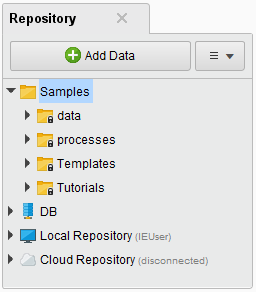
The rising number of users invites hackers to generate malicious applications. Mobile devices have become a significant part of people's lives, leading to an increasing number of users involved with such technology. These findings would be useful for researchers willing to develop a machine learning model to detect malicious activities on social network. Based on the 32 features in the dataset, MLP and RF on both WEKA and RapidMiner outperformed other classifiers with accuracy of 95.42% and 95.44% respectively. However, in the case of RF, RapidMiner achieved higher accuracy compare to RF on WEKA. Results from the experiment show that SVM, KNN, and MLP on WEKA outperformed those algorithms on RapidMiner. The performance of four machine learning algorithms: Random forest (RF), Support vector machine (SVM), K nearest neighbor (KNN), and Multilayer perceptron (MLP) across two popular machine learning tools-WEKA and RapidMiner were evaluated.

This paper adopts the set of features for identifying spammers on Twitter and introduces additional features to improve classifier performance. Numerous studies have investigated the possibility of reducing spamming activities on Twitter with each study focusing on introducing a new set of features for countermeasure. Twitter social network is growing on a daily basis and as a result, attackers have developed interest in distributing malicious contents on this platform. Finally, we observed that k-NN showed the most significant change with an accuracy of 0.9603 for WEKA, 0.9145 for Orange, and 0.9460 for RapidMiner tool. However, Decision Tree outperformed other classifiers on RapidMiner and WEKA with accuracy of 0.9888 and 0.9827, respectively. The experimental results showed that SVM, Naïve Bayes, and Random Forest had a stable performance with a nearly identical results across the three mining tools. The performance of five supervised algorithms (Decision Tree, Support Vector Machine SVM, Naïve Bayes, Random Forrest, and k Nearest Neighbour k-NN) are evaluated across three of the common mining tools (RapidMiner, WEKA, and Orange).

This paper adopts a set of features from the previous studies and introduces additional features to improve classification performance in order to detect fake profiles. Numerous studies have investigated the possibility of detecting fake profiles on Facebook with each study focusing on introducing a new set of features and employing different machine learning algorithms for countermeasure.

Fake profiles, for instance, are created for malicious purposes such as financial fraud, impersonate identities, Spamming, etc. As a result, sophisticated ways for infiltrating and threatening this platform have been developed. Facebook manages data for billions of people and is therefore be a target for attacking. Facebook is on constant growing, attracting more users due to the provided high-quality services for Online Socializing, Sharing Information, Communication, and alike.


 0 kommentar(er)
0 kommentar(er)
